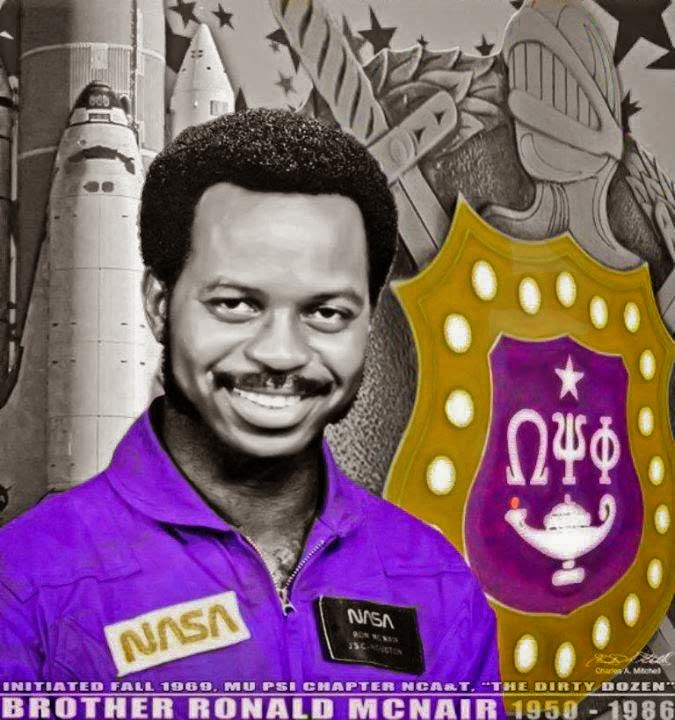 |
| Source: Discovery link below |
The fastest object ever built by the human species is the Voyager 1 space probe, moving at a speed of 18 miles per second. If it were heading toward Proxima Centauri (which it’s not), Voyager 1 would reach our nearest stellar neighbor in about 80,000 years.
Clearly, if interstellar travel is to be accomplished on human timescales, much greater speeds are required. At 10 percent of the speed of light (a thousand times faster than Voyager 1, but a conceivable speed for likely soon-to-be-realized fusion engines), Proxima Centuri could be reached in approximately 45 years -- less than a human lifetime.
In his 1955 paper Geons, John Wheeler, one of the pioneers of the theory of black holes, coined the term "Kugelblitz" -- which translates literally to "ball lightning." He suggested that if enough pure energy could be focused into a region of space, that energy would form a microscopic black hole, which could be described by the equations of Karl Schwarzschild -- a "Schwarzschild Kugelblitz" (or SK).
Fast forward 19 years to the ground-breaking work of Stephen Hawking, who realized that quantum mechanical effects near a black hole’s event horizon (the boundary beyond which no light or other radiation can escape) would give rise to the emission of radiation, so-called "Hawking Radiation." The smaller the black hole, the greater its radiated power and the less its mass, but the shorter its lifetime until it completely evaporates.
To be useful, a SK would need to be small enough to expel the required energy, light enough to be reasonably accelerated, but large enough to have a sufficiently useful lifetime. Such a Schwarzschild Kugelblitz would be incredibly small, smaller than even a proton, which is one of the basic constituents of an atom.
Despite being so miniscule, Schwarzschild Kugelblitzes are incredibly heavy. A typical SK weighs more than two Empire State Buildings, and has a power output of approximately 129 petawatts (1 petawatt = 10 quadrillion watts). This is 10 million times the July 2013 power consumption record of New York City!In 1993, Schwarzschild Kugelblitzes pierced the realm of popular culture, albeit under a pseudonym. In the "Star Trek: The Next Generation" episode "Timescape", an artificial quantum singularity (i.e. Schwarzschild Kugelblitz) is revealed to be a Romulan Warbird’s power source.
Thermodynamics: the study of energy and its transformations (description from my undergraduate textbook). Along with fusion power eventually becoming a reality, this could substantially change the way we generate power, wean us of our need for fossil fuel from countries not-to-friendly and change the Calculus of our geopolitics...hopefully for the better.
Discovery: Kugelblitz! Powering a Starship With a Black Hole
Jeff Lee, Icarus Interstellar
Harvard Abstracts: Geons, by John Wheeler
(Note: Dr. Wheeler taught at UT Austin, Texas)








